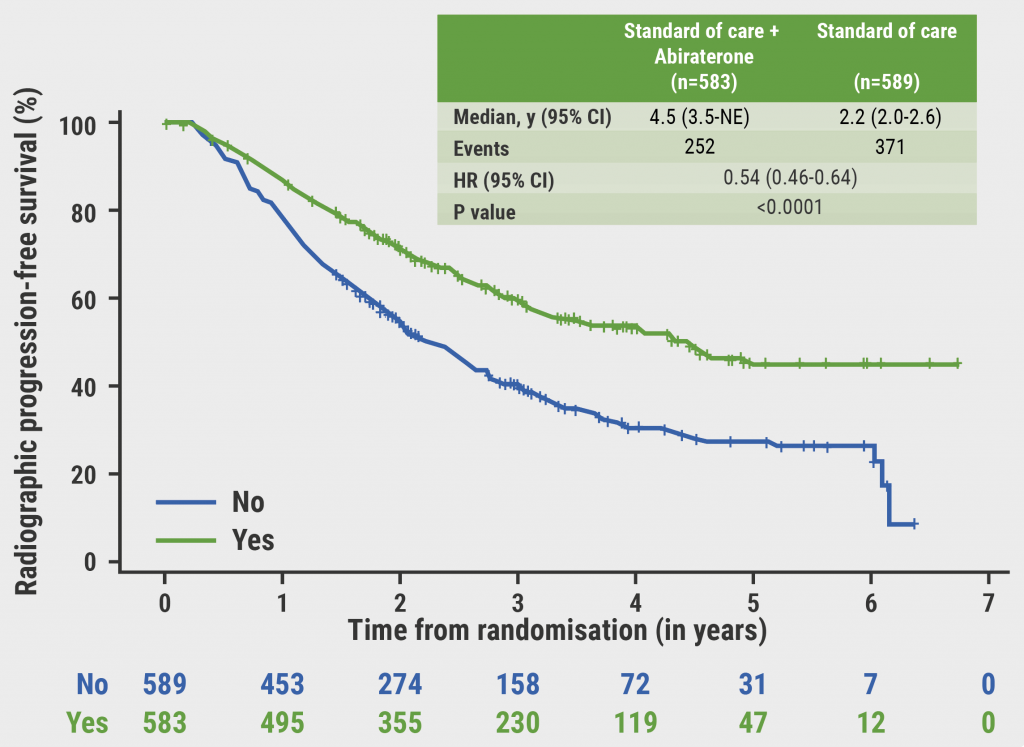"It's important to realize that AVS is not a benign procedure," Dr. Rasa Zarnegar of Weill Cornell Medicine in New York City told Reuters Health by email. "Given the high sensitivity of current cross-sectional imaging, with careful identification and the right clinical setting, AVS can be avoided in the treatment algorithm of primary aldosteronomas - irrespective of age - with solitary adrenal nodules greater than 1 cm."
"There are complications with AVS and additional cost," he noted. "Procedures that rarely improve outcomes in the correct clinical setting should be evaluated for risk and benefits prior to implementing."
"Bypassing AVS is based on surgeon and endocrinology experience as well as the expertise of AVS in different locations," he added. "Access to appropriate AVS sampling is not feasible in certain locations but cross-sectional imaging is readily available. However, surgeons and radiologists do need to closely review images and ensure that the contralateral gland is normal and the nodule is greater than 1 cm."
Dr. Zarnegar and colleagues studied 45 hyperaldosteronism patients with cross-sectional imaging and AVS data, and 80 who underwent imaging-only at three centers between 2004-2019. The mean age was 50; 42% were women; and 73% were white. The median followup was 5.5 months.
As reported in JAMA Surgery, the AVS failure rate was 16.7%, and the imaging concordance rate was 100%.
Relevant preoperative variables were mostly similar between groups, except ambulatory systolic blood pressure was higher in the imaging-only group (150 mm Hg vs. 143 mm Hg), whereas median plasma aldosterone levels were higher in the AVS group. Asians were more likely to be referred for AVS.
Autonomous aldosterone secretion resolution was achieved in 98.8% of imaging-only patients and 95.6% of AVS patients. No between-group differences were seen in complete (43.6% vs. 42.2%) or partial (47.4% vs. 51.1%) clinical success. Complete biochemical resolution was also similar (75.9% vs. 84.4%).
A subgroup analysis of patients with tumors less than 10 mm found no differences in outcomes based on AVS confirmation of diagnosis.
Age stratification yielded no differences in clinical or biochemical cure rates, although complete clinical success rates downtrended in the older cohorts, and sample sizes were small.
The authors conclude, "Given the improved sensitivity of cross-sectional imaging in detection of adrenal tumors, adrenal venous sampling may be selectively performed in appropriate patients with clearly visualized unilateral adenomas without affecting outcomes. This may facilitate increased access to surgical cure for aldosterone-producing adenomas and will decrease the incidence of morbidities associated with the procedure."
Dr. Zarnegar said, "Larger studies in patients over 65 may be warranted to further assess the incidence of adenoma versus hyperplasia, but we should be looking at biochemical markers postoperatively as a marker for biochemical cure. Blood pressure is variable and not as sensitive a marker for clinical success."
Dr. Gerard Doherty at Brigham and Women's Hospital in Boston, coauthor of a related editorial, commented in an email to Reuters Health, "Hyperaldosteronism is a common and correctable cause of hypertension. Streamlining the workup for the most common scenario - a small unilateral adrenal tumor with a contralateral normal gland - is safe and should make curative operation more widely available."
"The more complex situations, with bilateral adrenal abnormalities or normal-appearing adrenal glands, will still require invasive testing, but are less common," he said.
By Marilynn Larkin
SOURCE: https://bit.ly/3pi9Eix and https://bit.ly/32Fi2id JAMA Surgery, online November 4, 2020.
Posted on
Previous Article
« Direct oral anticoagulants may best vitamin K agonists for post-TAVR a-fib Next Article
More evidence links MCP-1 levels to cardiovascular mortality »
« Direct oral anticoagulants may best vitamin K agonists for post-TAVR a-fib Next Article
More evidence links MCP-1 levels to cardiovascular mortality »
© 2024 Medicom Medical Publishers. All rights reserved. Terms and Conditions | Privacy Policy


